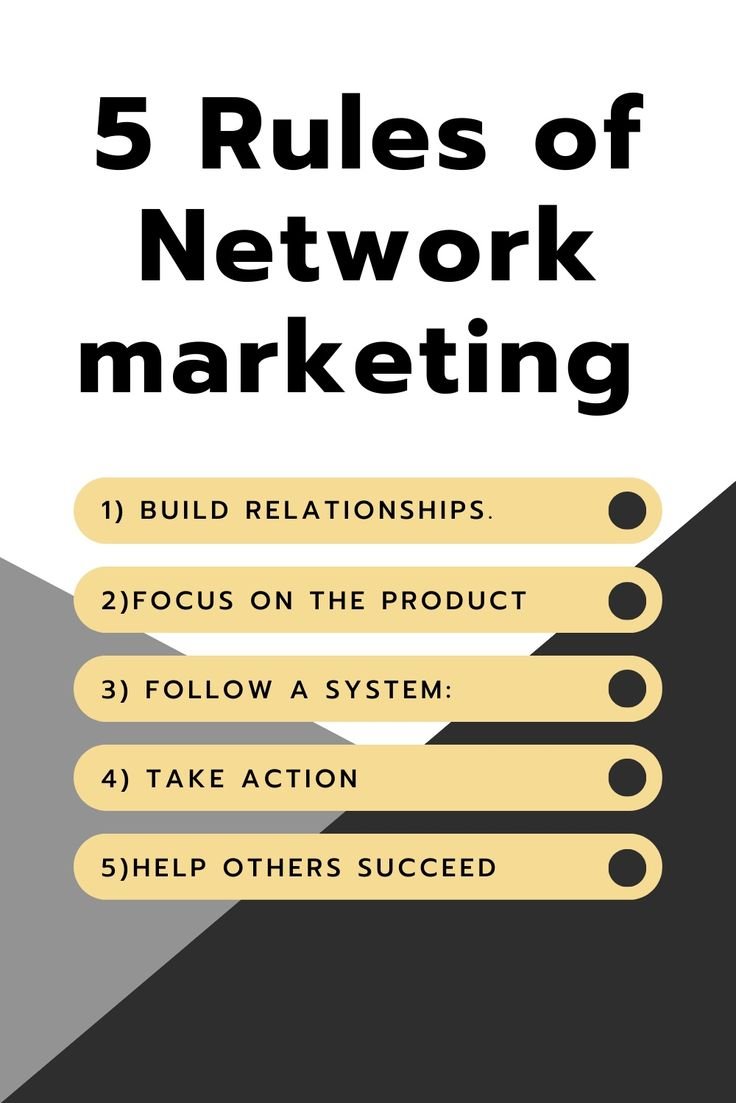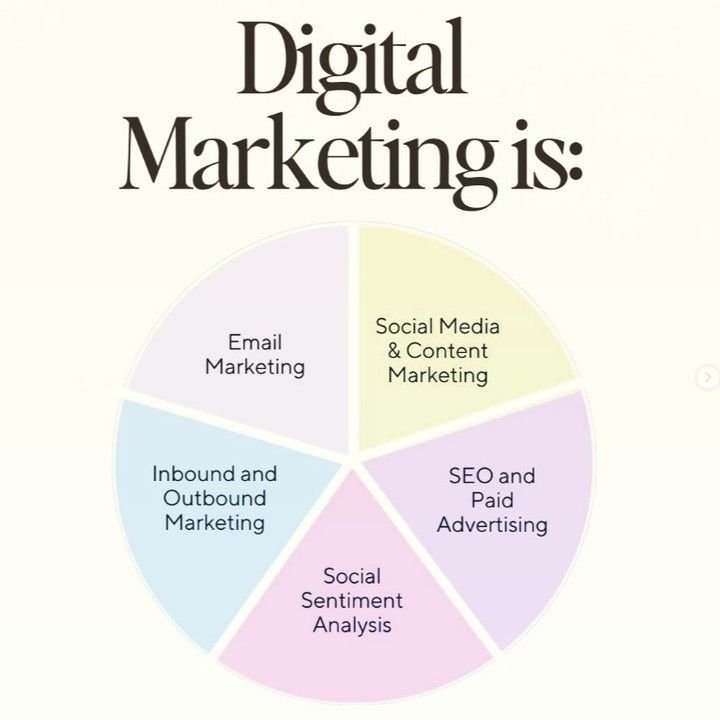The rain tapped gently against the windows of a Thimphu café at 4:18 PM PKT on Saturday, August 9, 2025, as a group of locals huddled over a table, sketching ideas on napkins. The scent of roasted barley mingled with their chatter about promoting Bhutan’s unique charm. This Himalayan kingdom, famed for its Gross National Happiness, is carving a niche in the global market with a marketing approach that blends tradition with savvy strategy. From tourism campaigns to local crafts, the nation is turning its values into a compelling story, drawing attention while staying true to its roots. Here’s a peek into how this quiet land is shouting its worth without losing its whisper.
Tourism’s Golden Pitch
Bhutan’s tourism brand hinges on exclusivity. The $65 daily tariff, introduced in 1991, sets it apart, covering lodging, guides, and a slice of conservation—$60 million funneled back into reforestation in 2025 alone. The “Bhutan Tech Trail,” launched in June 2025, pulled 600 visitors, adding $60,000 to revenue by showcasing gadgets like solar panels and drones. Gelephu’s eco-resort, opened in March, hosts 500 guests monthly, its marketing leaning on sustainability—100% solar-powered rooms and local hires. “We sell an experience, not just a trip,” says Tshering Dorji, 40, the resort’s manager, who trains staff to share cultural tales.
Social media amplifies this. The tourism board’s Instagram, with 50,000 followers, posts Queen Jetsun Pema’s 2023 summit kira, sparking a 40% textile sales spike in Thimphu markets. Influencers like Indian travel vlogger Priya Sharma, who visited in July 2025, rave about the Haa Summer Festival, her 200,000-view video boosting bookings 15%. Yet, limits hold—250,000 visitors capped for 2026 to preserve peace. In Haa, resident Ugyen Choden, 48, notes, “Too many cameras chase our quiet,” a challenge marketers navigate with care.
Crafting a Textile Tale
Textiles form another marketing jewel. The 2023 climate summit saw Queen Jetsun Pema in a handwoven kira, its gold-threaded phoenixes igniting a craze. Thimphu vendors report $20 million in textile revenue for 2025, up from $14 million, with 60% tied to her influence. The Royal Textile Academy pushes this, hosting workshops that draw 500 tourists yearly, each leaving with a $30 scarf. “It’s our heritage on display,” says weaver Pema Tshering, 50, whose sales doubled since joining.
E-commerce steps in. The Bhutan Craft Hub, launched in 2024, sells online, shipping 1,000 items monthly to India and Japan. A $200,000 government grant funds ads on platforms like Etsy, targeting eco-conscious buyers. Social proof shines—customer reviews highlight handloom quality, with 80% repeat orders. Challenges linger, though. Shipping delays hit 20% of exports, prompting a 2026 logistics overhaul. Still, the brand’s authenticity resonates, with $5 million projected by year-end.
Food as a Flavorful Hook
Cuisine enters the marketing mix. Ema datshi, the chili cheese staple, stars in a 2025 campaign, “Taste the Dragon’s Fire,” backed by $100,000 from the tourism board. Chefs like Sonam Wangchuk, 35, from Paro, host cooking demos at festivals, drawing 2,000 attendees. A recipe booklet, distributed free to 10,000 visitors, pairs with ara wine tastings, boosting local breweries 25%. “It’s our spice telling a story,” Sonam says, stirring a pot.
Restaurants lean in. Thimphu’s Druk Kitchen, renovated in 2024, markets “farm-to-table” meals, sourcing from Punakha farmers. Its Instagram, with 15,000 followers, showcases dishes, driving 30% more diners. A tie-up with Indian food blogger Ravi Patel, who visited in August, added 50,000 views, hinting at regional appeal. Yet, supply chains falter—rain delays cut chili harvests 10%, pushing marketers to highlight resilience in ads.
Tech and Innovation Buzz
Gadgets fuel a modern narrative. The Laya microgrid, live since May 2025, powers 50 homes with solar units, its carbon cut of 25 tons yearly touted in the “Green South Asia Initiative” campaign. GreenTech Solutions, a Thimphu startup, sold 250 panels in 2025, its $600,000 goal by 2027 backed by SoftBank’s July visit. Marketing highlights local jobs—100 created—via a $50,000 ad push on X, reaching 200,000 views.
Drones add flair. Druk Green Power Corporation’s Sunkosh scans, saving $250,000, get spotlighted in a 2025 video, shared 10,000 times online. Farmers in Bumthang rent them for $25/day, their efficiency pitched to 50 agribusinesses. Mechanic Karma Dorji, 36, features in testimonials, his repairs earning praise. Challenges arise—internet lags in Laya, where 45% lose signal, but a $20 million upgrade plan, tied to hydropower, promises fixes by 2027.
Community-Driven Campaigns
Locals steer the charge. The Bhutan Music Association, formed in 2023, promotes singer Ugyen Wangchuk, whose “Himalayan Echo” duet with A.R. Rahman hit 1 million streams. His June 2025 release ties to the Tshechu, expecting 10,000 fans, with proceeds funding 50 music scholarships. “It’s our voice selling our land,” Ugyen, 29, says, tuning his dranyen lute.
Archer Kinley Tshering, 26, boosts sports tourism. His 2024 Asian Games bronze sparks a “Target Bhutan” campaign, with 25,000 Facebook followers cheering his 2026 World Cup bid. The tourism board sponsors 1,000 archery kits, marketed at $100 each, raising $50,000. In Bumthang, coach Pema Choden, 45, trains 20 youths, their progress filmed for ads. Pushback comes—Monk Jigme Tashi, 60, warns of fame’s distraction—but limits like 2.5-hour school screen caps balance this.
Global Reach, Local Roots
International ties deepen. The UN’s 2025 sustainability report lauded Laya’s microgrid, prompting a $200,000 marketing grant. India’s IIT Bombay partnership, post-July 2025, promotes tech training, with 1,200 students featured in a $150,000 campaign. Exports grow—1,200 water purifiers to India earned $50,000, eyeing $6 million by 2027, though 25% face trade delays.
Locally, pride swells. The 2026 Thimphu Summit will showcase crafts and tech, inviting 20 global brands, aiming for $500,000 in deals. Yet, costs bite—film budgets like Karma Gyeltshen’s $200,000 overrun strain funds. Marketers adapt, leaning on storytelling over flash, a strategy that keeps Bhutan’s essence intact.
A Future Woven with Care
As rain eased, the café group packed up, their napkins filled with dreams. The 2026 budget, due December, will detail a $20 million marketing fund, while the Tshechu’s global stream aims for 100,000 views. Bhutan’s approach—values as the pitch—offers a model. For Sonam, it’s clear: “We share our heart, not just our hills.” In a world of loud sales, this kingdom whispers its worth, stitching a brand that endures.



